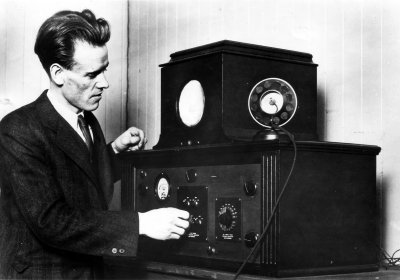WORLD BRAILLE DAY
- By Admin --
- Saturday, 14 Jan, 2023
World Braille Day is celebrated every year in January 4 to appreciate and honor the life and work of Louis Braille who invented the ‘Braille system’ of reading and writing. This wonderful invention has been nothing less than a boon for the blind and visually impaired people.
Braille has gradually gained acceptance as the primarily written information format for blind people throughout the world. The purpose of the day is to promote understanding of the value of Braille as a communication tool and the full realization of human rights for those who are blind or partially sighted.
What is Braille?
In the Braille system, which is a tactile writing system, each letter of the alphabet and each number are represented by six dots. Additionally, the dots stand for mathematical, scientific, and musical symbols.
How was Braille invented?
As a child Louis Braille lost his vision when he accidentally stabbed himself in the eye with his father's awl. At the age of 10, while he spent time at the Royal Institute for Blind Youth, France, he developed and perfected the raised-dot system that is today known as Braille.
Interesting facts
- In 1999, NASA’s Deep Space 1 flew past an asteroid on its way to photograph Borrelly’s Comet and named it ‘9969 Braille’ in acknowledgment of Louis Braille.
- Braille is an alphabet that can be used to write almost any language and versions are available in Arabic, Chinese, Hebrew, Spanish and more.
- Uncontracted Braille spells out every word, whereas contracted Braille is a shorthand version that abbreviates familiar words.
- There’s a unique version of Braille specifically for mathematics and science, called the Nemeth Code.
- Popular family games like Uno, Monopoly and LEGO are also available in Braille versions.
- An annual competition for students who are blind, the Braille Institute hosts more than 1,400 students from the U.S. and Canada to test their braille skills.
- While a sighted person can read 300 words per minute, some fast braille readers can whip through a book at a speed of 400 words per minute.





